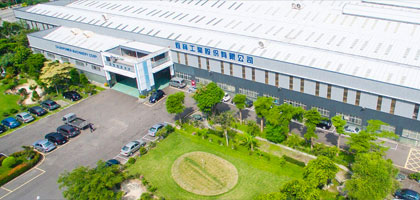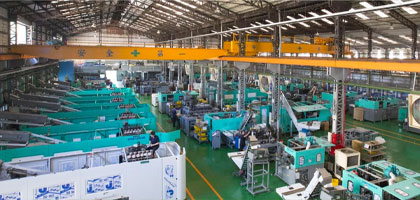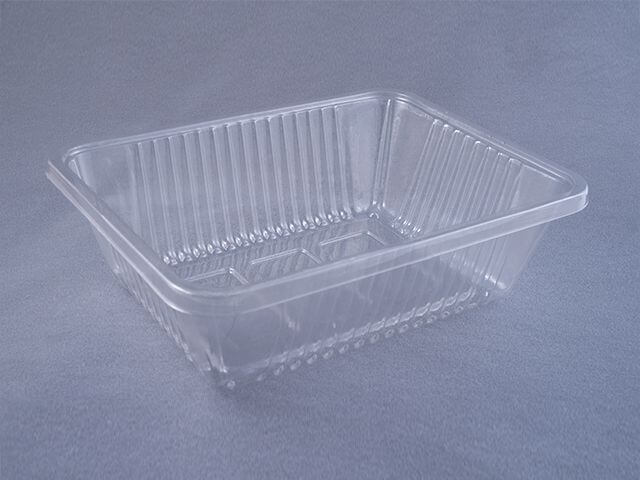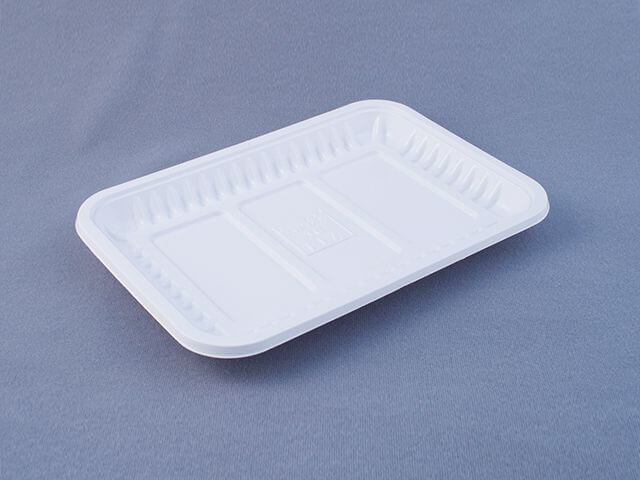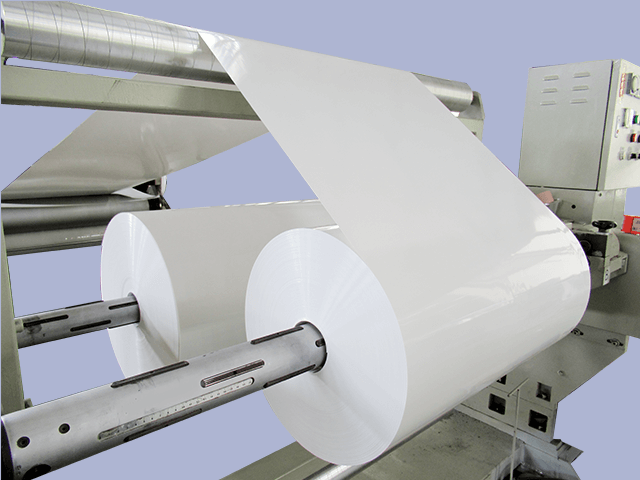PLA is not plastic, PLA is also known as polylactic acid, unlike traditional plastics, it is made from plant starch, which also creates characteristics that can be decomposed by bio-utilization. Most of the traditional plastics come from the distillation polymerization of non-renewable oil and natural gas. Plastics derived from biomass (such as PLA) are called “bioplastics”.
Decomposition
_pic.png)
PLA has excellent biodegradability and can be completely degraded by microorganisms in the soil within 180 days after disposal to generate CO2 and water, which does not pollute the environment.
The plastic classification of polylactic acid is 7. There is a variety of disposal methods for waste polylactic acid products, such as natural decomposition, composting, and incineration.
High safety, can package food, PLA can contact the skin for a long time, high antibacterial activity, can be used to package fruit and fresh food.
It meets the requirements of environmental protection, has good transparency, good mechanical strength, strong tensile property, and ductility, and can be processed by all plastic processing methods.
FAQ
Here you can find questions that customers often encounter.

